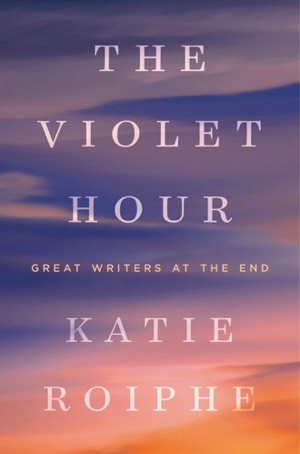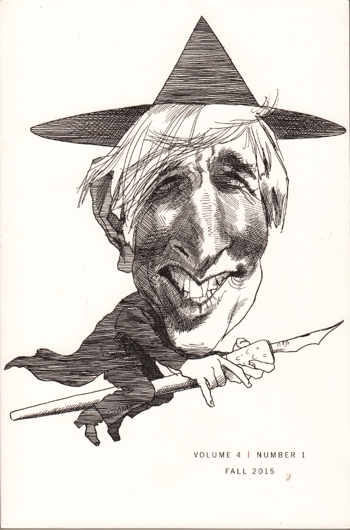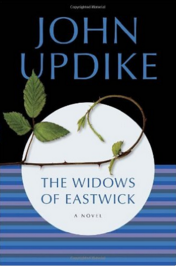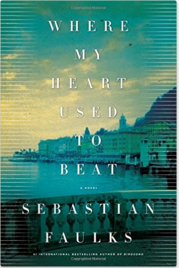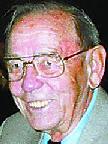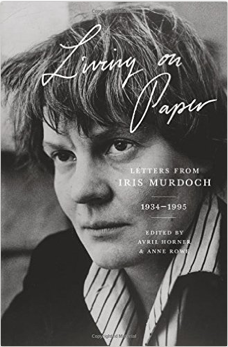 Garrison Keillor, who will be the keynote speaker at this fall’s Fourth Biennial John Updike Society Conference at the University of South Carolina, today paid tribute to John Updike on what would have been the author’s 84th birthday.
Garrison Keillor, who will be the keynote speaker at this fall’s Fourth Biennial John Updike Society Conference at the University of South Carolina, today paid tribute to John Updike on what would have been the author’s 84th birthday.
In “Mar. 18, 2016: birthday: John Updike,” Keillor recalls Updike’s early ambitions to be a cartoonist, his love affair with Pennsylvania, and the novel that brought him national attention.
When Updike died, he was hailed as America’s last great man of letters, but did he write any books that will be considered “a classic” years from now?
In “The Disappearance of Literature,” Mark Twain lamented, “A classic is something that everyone wants to have read and nobody wants to read.” Echoing that, in Rite of Passage Alexei Panshin wrote, “Classics aren’t books that are read for pleasure. Classics are books that are imposed on unwilling students, books that are subjected to analyses of ‘levels of significance’ and other blatt, books that are dead.” That implies it’s the “academy” that confers the title of “classic,” and if such is the case, it’s worth considering how Updike fares among overlapping contemporaries when it comes to number of articles written by academics and indexed in the International MLA Bibliography. The list below isn’t all-inclusive, but it features writers who have inspired at least 500 articles:
- Jorge Luís Borges—4,524
- Vladimir Nabokov—3,364
- Toni Morrison—2,397
- Gabriel Garcia Marquez—2,019
- Saul Bellow—1,460
- Mario Vargas Llosa—1,245
- Richard Wright—1,202
- Italo Calvino—1,110
- Günter Grass—1,078
- Graham Greene—1,038
- Philip Roth—971
- Zora Neale Hurston—937
- Don DeLillo—876
- James Baldwin—817
- Juan Rulfo—791
- John Updike—776
- V.S. Naipaul—775
- Umberto Eco—762
- Cormac McCarthy—755
- Norman Mailer—735
- Alice Walker—682
- Bernard Malamud—585
It’s still too early to tell how Updike will be remembered well into the future, but if one considers F. Scott Fitzgerald’s definition of a classic he certainly stands a good chance: “A classic is a successful book that has survived the reaction of the next period or generation. Then it’s safe, like a style in architecture or furniture. It’s acquired a picturesque dignity to take the place of its fashion….” (The Beautiful and the Damned). More than any of his contemporaries, Updike was a writer who was both a popular and critical success. And as Cliff Fadiman, former head of the Book-of-the-Month Club, once explained, “When you reread a classic, you do not see more in the book than you did before; you see more in you than there was before.” Updike’s fiction, poetry, and non-fiction continue to touch people on a very human level. Would that he were still writing among us.
Happy 84th!

